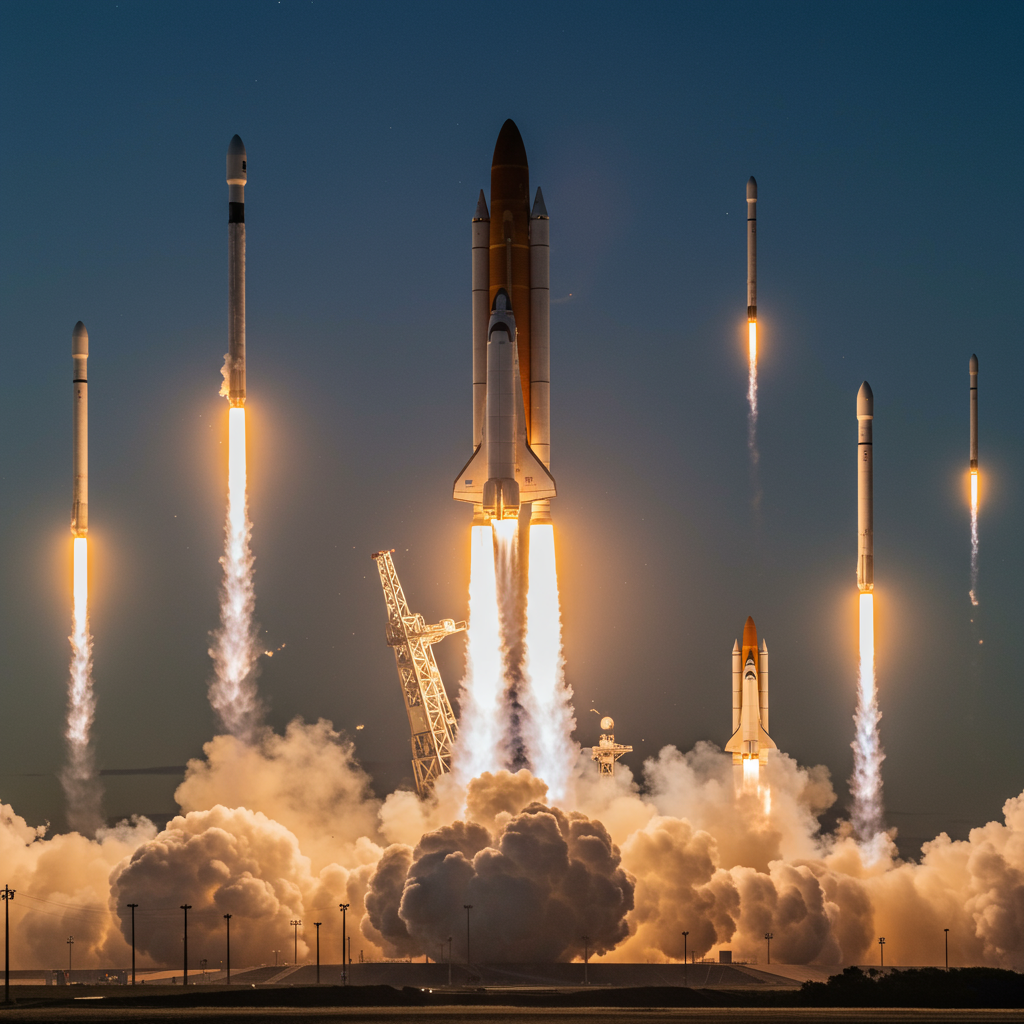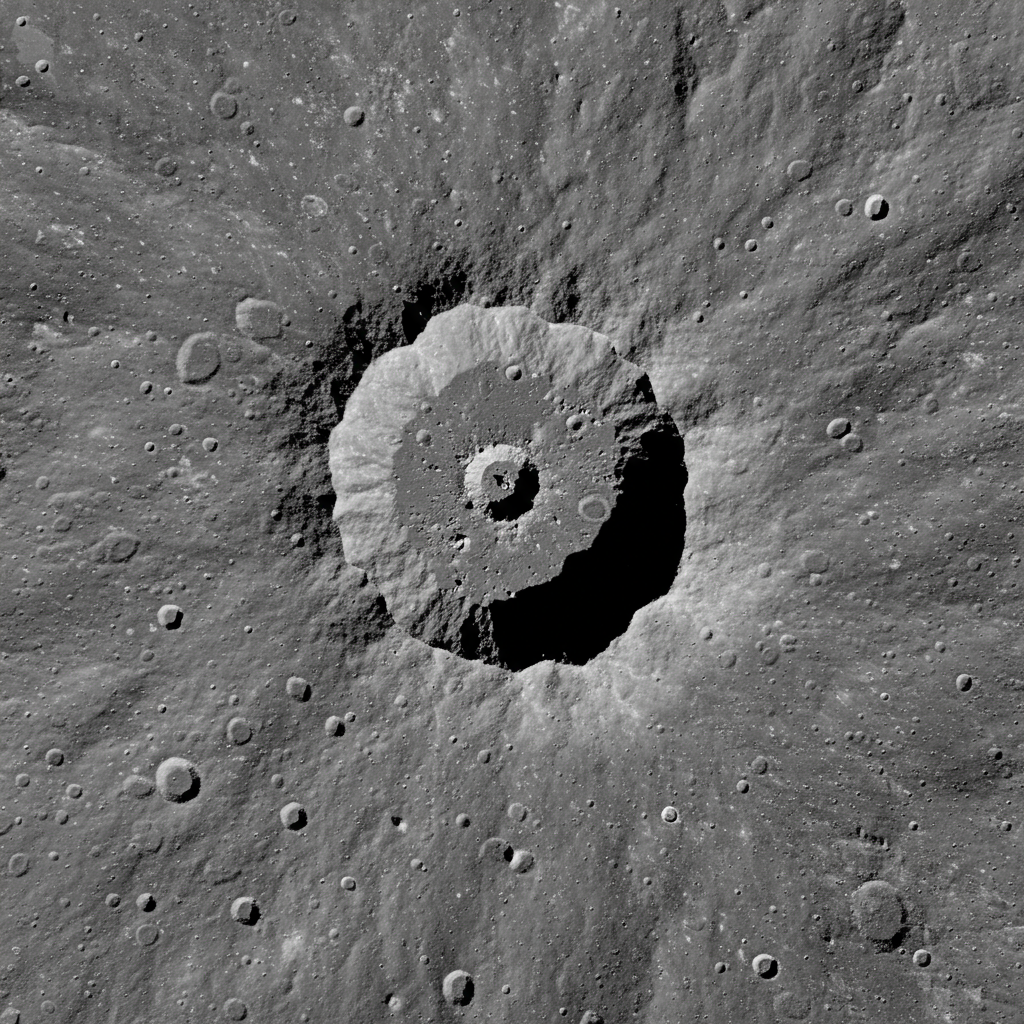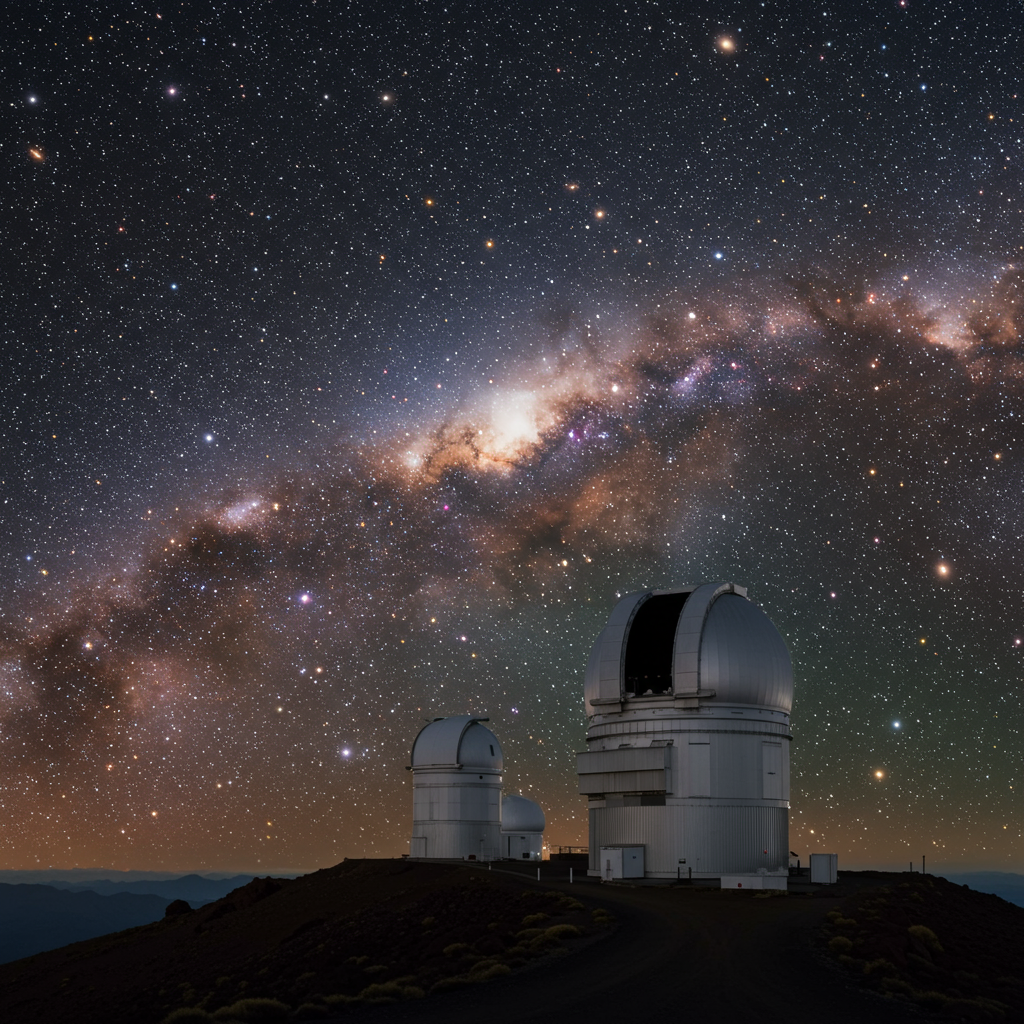Get ready for an incredibly busy week in space! As July begins, the global launch schedule is packed with significant missions. This week features a historic first for Australia, a packed doubleheader from SpaceX in Florida, a Chinese satellite launch, and a critical resupply mission to the International Space Station (ISS). Let’s dive into the key events shaping the orbital landscape over the coming days.
SpaceX Leads Off with Florida Doubleheader
SpaceX is kicking off the week with two Falcon 9 rocket launches from Florida’s Space Coast. This quick succession of missions highlights the company’s remarkable launch cadence and operational efficiency. Both launches aim to add to SpaceX’s already impressive record for the year.
Starlink Mission Targets Early Morning Liftoff
The first SpaceX launch is a Starlink mission, designated Group 10-25. It’s scheduled to lift off from Space Launch Complex 40 (SLC-40) at Cape Canaveral Space Force Station (CCSFS). The target time is no earlier than Tuesday, July 1, at 2:06 AM EDT (06:06 UTC). A four-hour launch window is available for teams.
The Falcon 9 rocket will fly on a northeast trajectory out of the Cape. Following stage separation, the booster is set to attempt a landing. It will target the deck of one of SpaceX’s east coast droneships located in the Atlantic Ocean. Meanwhile, the rocket’s second stage will continue its journey to low-Earth orbit (LEO). It carries a batch of 27 Starlink v2 Mini satellites. These satellites are part of SpaceX’s constellation providing global internet connectivity.
This mission is a milestone for SpaceX. It marks the 82nd flight of a Falcon 9 rocket in 2025. It also represents the 500th mission for the Falcon rocket family overall. The first Falcon rocket debuted from SLC-40 back in June 2010. SpaceX has set an ambitious target of up to 170 Falcon launches by the end of the year.
Weather Satellite Heads to Geostationary Orbit
Just hours after the Starlink launch, SpaceX could launch its second mission of the week. The MTG-S1 mission is tentatively scheduled for no earlier than Tuesday, July 1, at 5:03 PM EDT (21:03 UTC). This launch will originate from the historic Launch Complex 39A (LC-39A) at Kennedy Space Center (KSC) in Florida. Teams have a launch window lasting two hours and 27 minutes.
The Falcon 9 will launch due east from KSC. This trajectory utilizes the Earth’s rotation to provide extra horizontal velocity. After the upper stage delivers the payload to an initial parking orbit, the first stage will return to land. It will land on one of SpaceX’s two east coast droneships positioned downrange in the Atlantic. The upper stage will then perform a critical burn. This maneuver places the payload into a geostationary transfer orbit (GTO) before deployment.
The payload is the Meteosat Third Generation-Sounder 1 (MTG-S1) weather satellite. It will be operated jointly by the European Space Agency (ESA) and the European Organization for the Exploitation of Meteorological Satellites (EUMETSAT). The satellite weighs approximately 3,800 kg at launch. It is set to be renamed Meteosat-13 after commissioning is complete. MTG-S1 is one of three planned MTG satellites. This constellation is designed to significantly improve weather forecasting data across Europe and Northern Africa.
MTG-S1 carries advanced instruments. It features Europe’s first infrared sounder placed in geostationary orbit. It also includes an ultraviolet, visible, and near-infrared light (UVN) spectrometer. This spectrometer is provided by ESA as part of the crucial Sentinel-4 instrument package. The Sentinel-4 payload will monitor air quality over Europe. It focuses on detecting trace gas concentrations and aerosols in the atmosphere. Data from its three spectral bands will provide hourly air pollution information. This supports near-real-time environmental operations.
This launch will be the 83rd Falcon 9 launch of 2025. Notably, the MTG-S1 satellite was originally planned to launch aboard the third flight of Europe’s Ariane 6 rocket. It was subsequently remanifested to a Falcon 9 due to scheduling reasons.
Australia’s Historic Eris Rocket Debut
A momentous occasion is rapidly approaching for Australia. Gilmour Space Technologies is poised to conduct the debut flight of its first homegrown orbital launch vehicle. The three-stage Eris small satellite rocket is scheduled for its maiden flight, designated TestFlight1. This launch will take place from the Bowen Orbital Spaceport at Abbot Point, Queensland. The ten-hour launch window opens no earlier than Thursday, July 3, at 7:30 AM AEST (Wednesday, July 2, 21:30 UTC).
Years of dedicated development, rigorous testing, and navigating regulatory approvals have led to this point. Gilmour Space aims for Eris to proudly carry Australia’s aspirations into orbit. The Eris rocket features a unique propulsion system. Its first two stages use hybrid propellants. This consists of a 3D-printed solid fuel grain combined with a liquid hydrogen peroxide oxidizer. The third stage, however, employs solely liquid propellants.
Eris will fly on a northeasterly trajectory from the Bowen Orbital Spaceport after liftoff. Gilmour Space is targeting low-Earth orbit on this initial flight. A successful launch would be truly historic for Australia. It would mark the country’s first orbital launch attempt using an Australian-built rocket. Furthermore, it would be the first successful orbital launch attempt for a hybrid-fueled rocket globally.
The debut launch was originally planned for May. However, it was postponed after an unexpected power surge during preflight checks. This surge triggered the premature deployment of the rocket’s payload fairing. A replacement fairing was shipped from Gilmour’s Gold Coast factory and installed. Fortunately, no damage was observed on the vehicle or the launch pad itself.
For its inaugural launch, Eris will not carry an operational satellite payload. However, Gilmour Space has added a touch of Australian humor. They have placed a container of Vegemite flavor spread inside the payload fairing for the flight.
International Missions: China and Russia
Beyond the high-profile SpaceX and Gilmour Space launches, two other significant missions are on the global manifest this week.
China Prepares Chang Zheng 4B Launch
China has one scheduled orbital launch this week. A Chang Zheng 4B (CZ-4B) rocket is slated for liftoff no earlier than Thursday, July 3, at 09:35 UTC. The launch will originate from Launch Complex 3 (LC-3) at the Xichang Satellite Launch Center (XSLC). The CZ-4B will fly on a southeasterly trajectory.
The CZ-4B is a reliable three-stage launch vehicle. It utilizes hypergolic propellants for propulsion. It is capable of delivering payloads up to 4,200 kg to low-Earth orbit. It can also place approximately 1,500 kg into a Sun-synchronous orbit (SSO). The CZ-4B has a long operational history, spanning 26 years. It has flown 53 times with 52 recorded successes. It has primarily been used to launch various remote sensing satellites for China’s Shijian, Yaogan, and Ziyuan constellations. The specific payload for this upcoming mission is currently listed as “Unknown Payload.”
Russia Resupplies the ISS
The Russian Space Agency, Roscosmos, is scheduled to launch a cargo mission to the International Space Station (ISS) this week. A Soyuz 2.1a rocket will carry the Progress MS-31 spacecraft. Liftoff is set for Thursday, July 3, at 3:32 PM EDT (19:32 UTC). The launch site is Site 31/6 at the Baikonur Cosmodrome in Kazakhstan.
The Progress MS-31 mission will deliver approximately 2,500 kg of vital supplies. This includes food, water, equipment, and other provisions for the crew aboard the orbiting outpost. The Soyuz rocket will follow a northeasterly trajectory. This path will place the Progress MS-31 spacecraft onto a trajectory designed for rendezvous with the ISS.
Docking with the space station is scheduled to occur on Saturday, July 5, around 5:27 PM EDT (21:27 UTC). Progress MS-31 will connect to the Zvezda service module.
This launch marks the 184th flight of a Progress cargo spacecraft. It is also the sixth orbital launch utilizing a Soyuz rocket in 2025. Specifically, it is the third flight of the Soyuz 2.1a variant this year. Counting two previous Angara launches in March and June, Russia will have conducted a total of eight orbital launches by the end of this week.
This diverse lineup of missions underscores the continued high pace and global nature of space activity as July begins. From deploying global internet satellites and advanced weather instruments to marking a nation’s first orbital attempt and resupplying humanity’s outpost in orbit, the week ahead promises significant events in space.
Frequently Asked Questions
What is the significance of Gilmour Space’s Eris launch?
The debut flight of Gilmour Space’s Eris rocket is a landmark event for Australia. Eris is the first orbital launch vehicle designed and built domestically in Australia. A successful launch would make Australia the latest nation capable of reaching orbit with its own technology. The rocket is also notable for being one of the first orbital rockets to successfully use hybrid rocket engine technology.
Where are SpaceX’s two launches taking place this week?
SpaceX is conducting both of its planned launches this week from Florida’s Space Coast. The first mission, Starlink Group 10-25, will launch from Space Launch Complex 40 (SLC-40) at Cape Canaveral Space Force Station. The second mission, MTG-S1, is scheduled for Launch Complex 39A (LC-39A) at Kennedy Space Center. Both sites are located near each other on Florida’s east coast.
What important tasks will the MTG-S1 satellite perform?
The Meteosat Third Generation-Sounder 1 (MTG-S1) satellite is a sophisticated weather and environmental monitoring spacecraft. Operated by ESA and EUMETSAT, it will provide improved weather forecasting data for Europe and North Africa. Its key instruments include Europe’s first geostationary infrared sounder for atmospheric profiling and the Sentinel-4 UVN spectrometer. This spectrometer specifically monitors air quality, detecting trace gases and aerosols to provide hourly pollution data.




